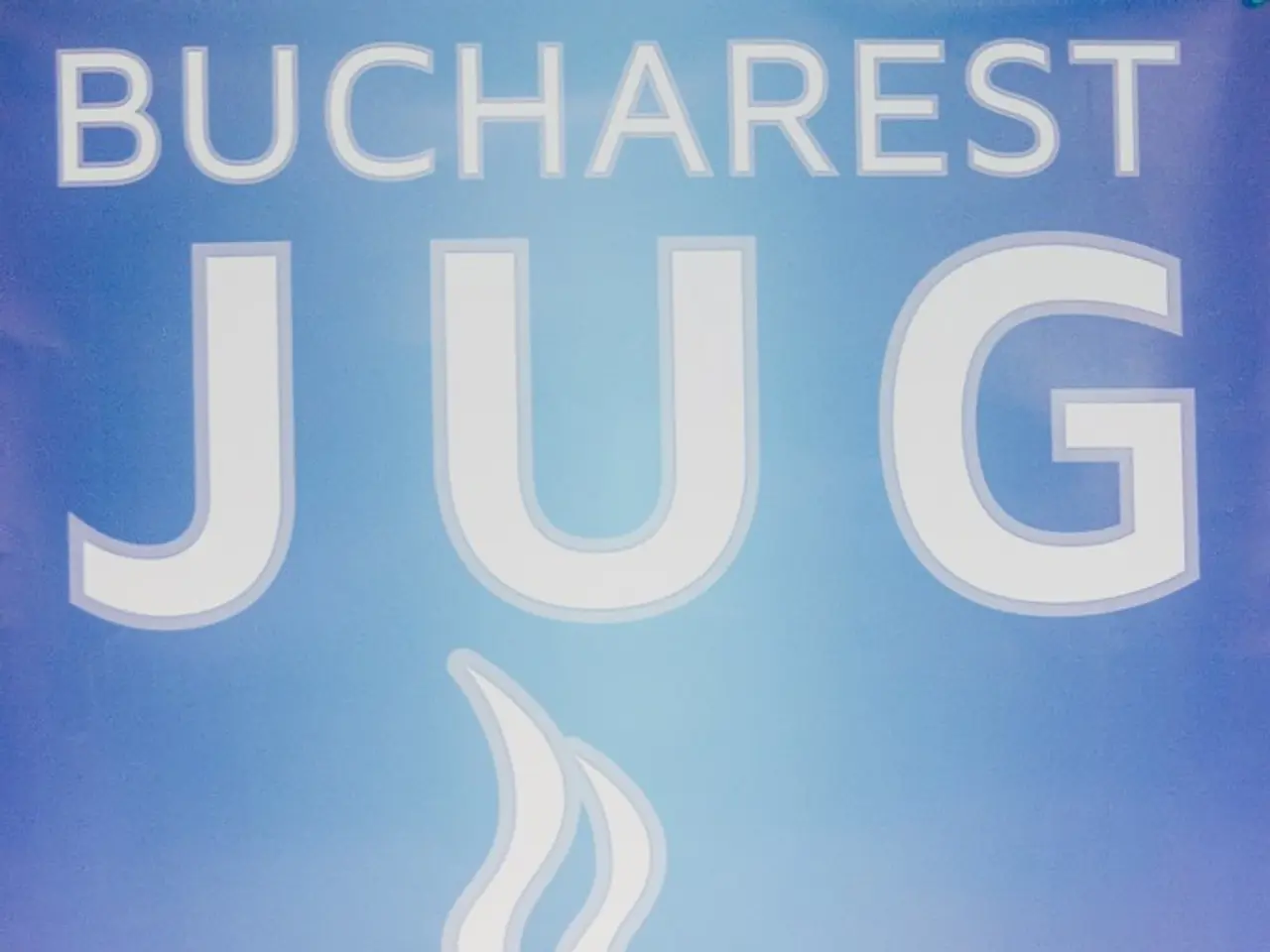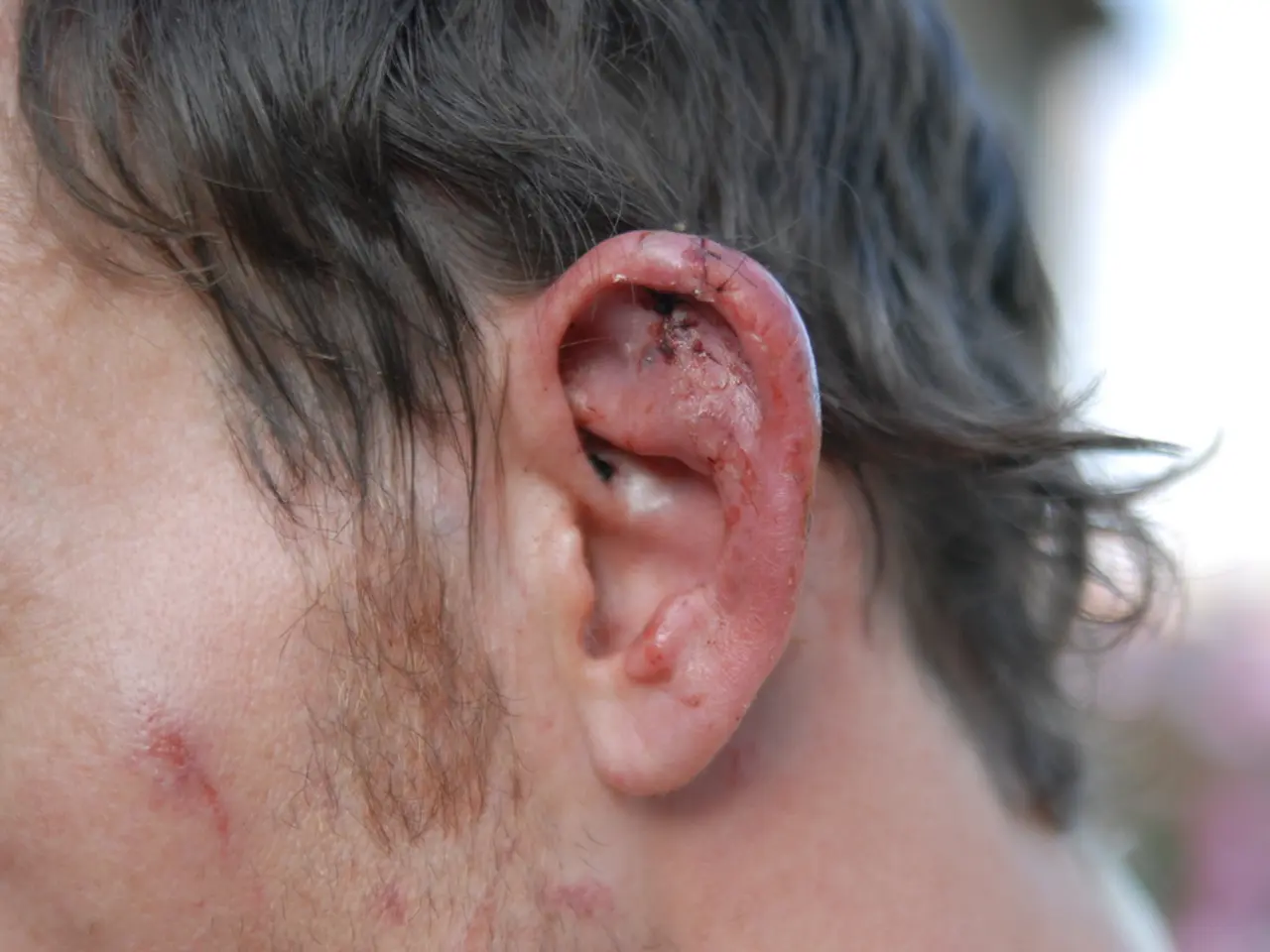FDA Inspection Analysis: Breakdown of the Process (Part 1 of 2)
The Food and Drug Administration (FDA) carries out rigorous inspections to assess and ensure compliance with federal regulations. These inspections involve several key elements, including the inspection tour, documentation review, interviews, close-out meeting, and post-inspection outcomes.
1. **Inspection Tour** The inspection begins with FDA inspectors arriving unannounced, presenting their official credentials, and issuing a Notice of Inspection (Form FDA 482) to the firm's management. The inspectors then embark on a physical tour of the facility, observing operations directly related to regulated activities such as manufacturing areas, storage, and quality control labs. This tour allows inspectors to identify potential compliance issues by observing processes, employee practices, and environmental conditions firsthand [3].
2. **Documentation Review** During the inspection, investigators request and review relevant documentation such as standard operating procedures (SOPs), batch records, quality control data, and prior audit reports. They verify that records are complete, accurate, and compliant with regulatory expectations. Well-organized and readily accessible documentation is critical to facilitate an efficient review and demonstrate compliance [5].
3. **Interviews** Inspectors conduct interviews with key personnel to clarify observations from the tour and documentation review. These discussions help assess staff understanding of protocols, training adequacy, and adherence to procedures [5].
4. **Close-Out Meeting** At the conclusion of the onsite inspection activities, the FDA holds a close-out meeting with facility management to review preliminary observations. This meeting is an opportunity for the facility to understand FDA’s findings before formal reports are issued [1][3].
5. **Post-Inspection Outcomes** After the inspection, the FDA issues a Form 483, listing any observations of non-compliance that require corrective action. The facility typically has 15 business days to respond, outlining remediation efforts [1]. Subsequently, FDA’s compliance division reviews the Form 483, the establishment inspection report (EIR), and the company’s response to determine the final classification of the inspection:
- **No Action Indicated (NAI):** No significant violations found - **Voluntary Action Indicated (VAI):** Issues noted but voluntary correction is sufficient - **Official Action Indicated (OAI):** Significant violations requiring regulatory or enforcement action [1]
The Establishment Inspection Report is generally issued within 45 to 90 days, summarizing findings and investigator narratives. The final inspection classification is communicated to the facility through a regulatory letter within 60 to 120 days, influencing future inspections, product approvals, and enforcement risk [1].
In cases of serious non-compliance, the FDA may escalate enforcement, including Warning Letters, recalls, or other actions. If Form 483 observations are issued, the company should respond in writing within 15 business days, detailing corrective actions taken or planned. The response to Form 483 observations is critical and weighs heavily in FDA's next steps.
FDA inspections can be triggered for various reasons, such as a routine schedule, a follow-up to a prior issue, a pre-approval for a new product, or "for-cause" in response to a specific problem. A knowledgeable representative of the firm, such as a plant or quality manager, should accompany the FDA investigator at all times during the visit to ensure access to all areas and records, and to understand the observations being made in real time.
- In the close-out meeting, FDA discusses preliminary observations with the facility management, providing an opportunity for immediate clarification and addressing potential compliance issues.
- To ensure their facilities adhere to health-and-wellness guidelines, it is crucial for firms to maintain comprehensive documentation, including SOPs, quality control data, and prior audit reports, for easy access and review during inspections.
- As part of its commitment to safety, the FDA may use therapies and treatments like CBD in medical-conditions research, provided they meet rigorous scientific standards and receive proper regulatory approval from the agency.
- In the event of non-compliance, the FDA may require formulated changes in the facilities' health-and-wellness practices and policies, issuing reports and guidelines for improvement as part of its ongoing mission to protect consumer safety.




